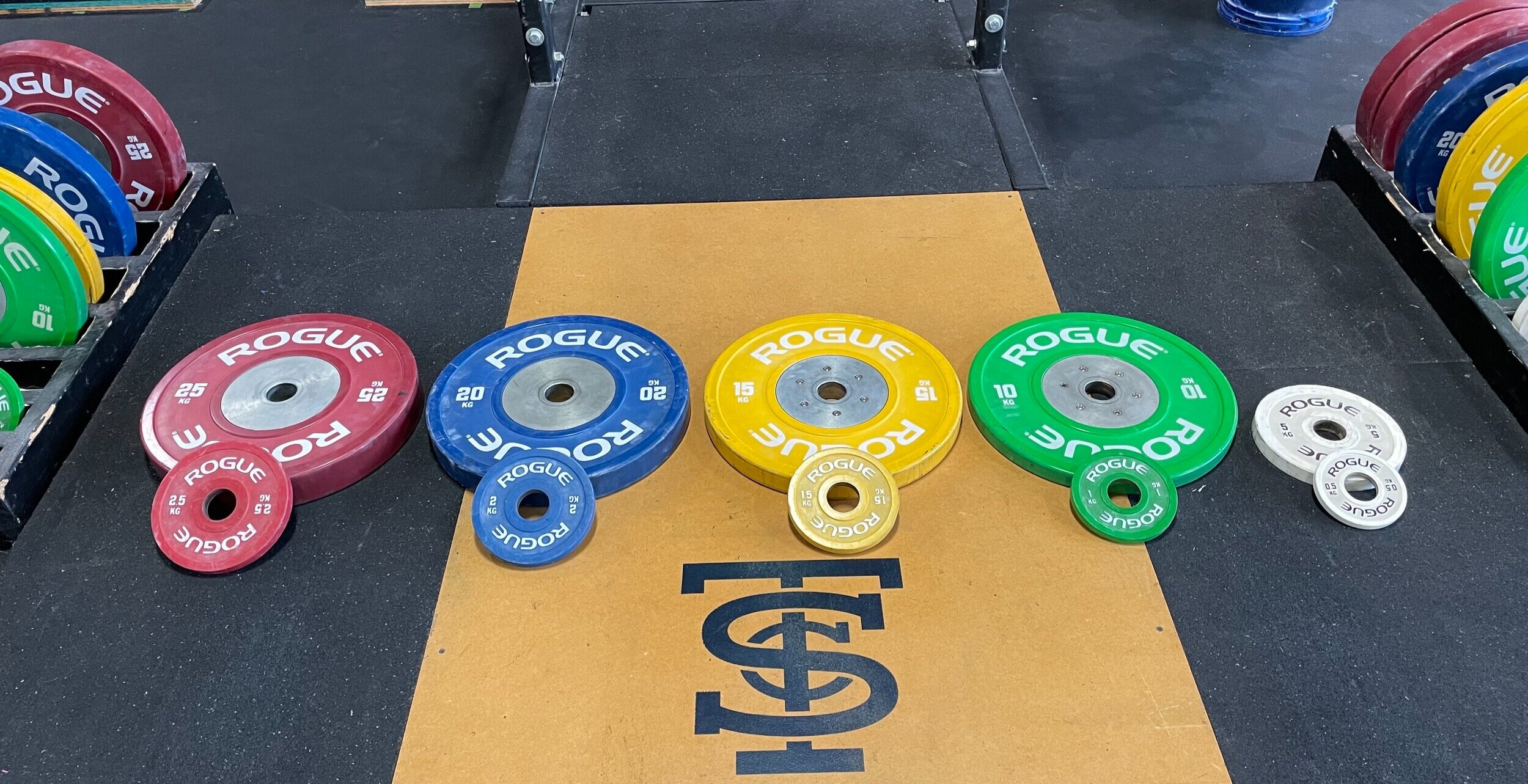You WILL Get Weaker . . . So Why Bother?
/Julie understands the importance of getting strong now.
This topic may not be particularly inspiring, but it is extremely important. Here goes:
You will get weaker. So get stronger. Right. Now.
Everyone gets weaker at some point. As the saying goes, in the game of life, “ . . . no one gets out alive.” Whether through injury, illness, or age, there will come a point when we start to get weaker, so it’s very wise to grab a barbell and starting getting really strong right now - while we still can.
When a man who has a 400 lb squat gets older and starts to lose some strength, he still has a 350 lb squat or maybe a 300 lb squat. That is still a very capable man.
When a woman who has a 225 lb deadlift gets older and starts to lose some strength, she still has a 200 lb deadlift or maybe a 175 lb deadlift. Again, that is still a very capable woman.
When a man who can barely climb the stairs gets older and starts to lose some strength, he can no longer climb those stairs. He is no longer nearly as capable in his daily life as he once was.
Strength is vital for the quality of your life. Remember, the day you can’t squat is the day you can’t get off the toilet by yourself, and the day you can’t do that is the day you can’t live by yourself anymore, so get to the squat rack today and build the biggest buffer against weakness that you can - you’ll be glad you did.
As always, we hope this helps you get stronger and live better.
(Some links may be affiliate links. As an Amazon Associate, Testify earns from qualifying purchases.)









